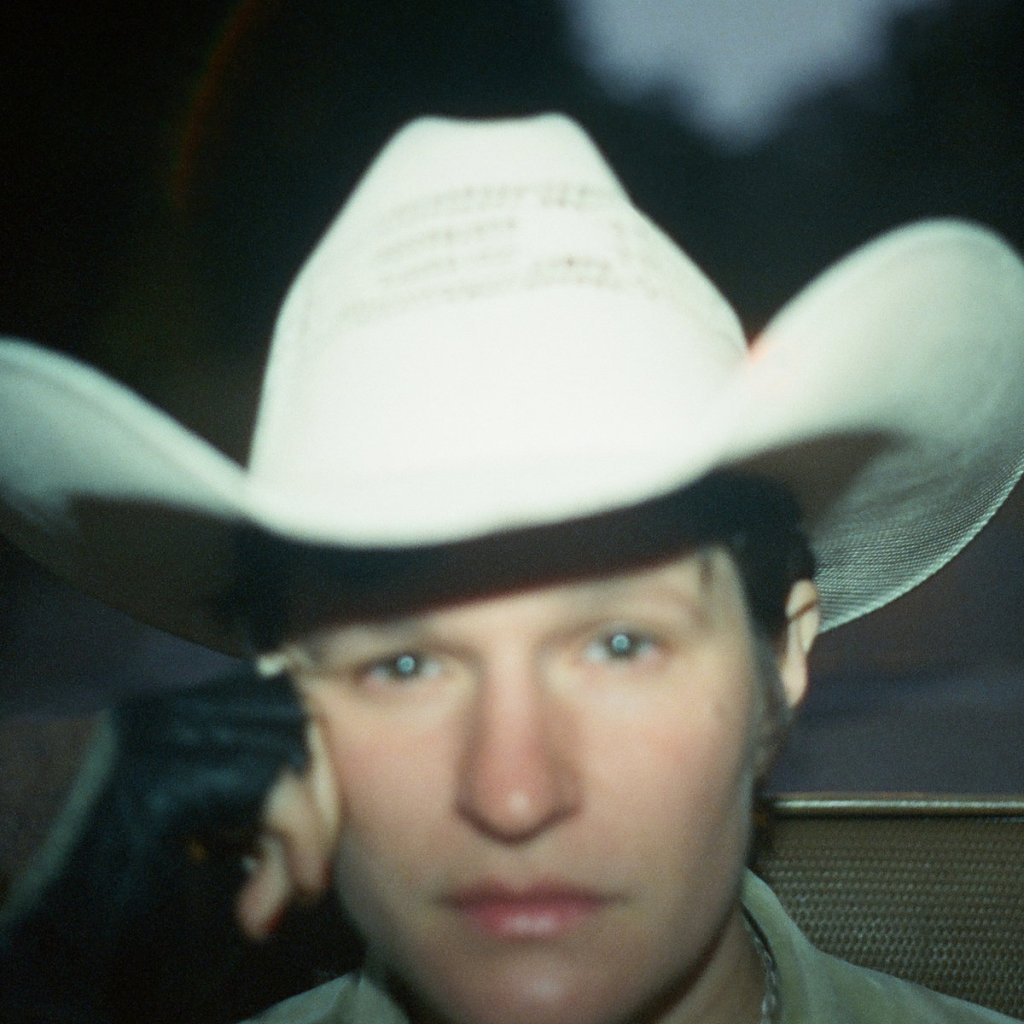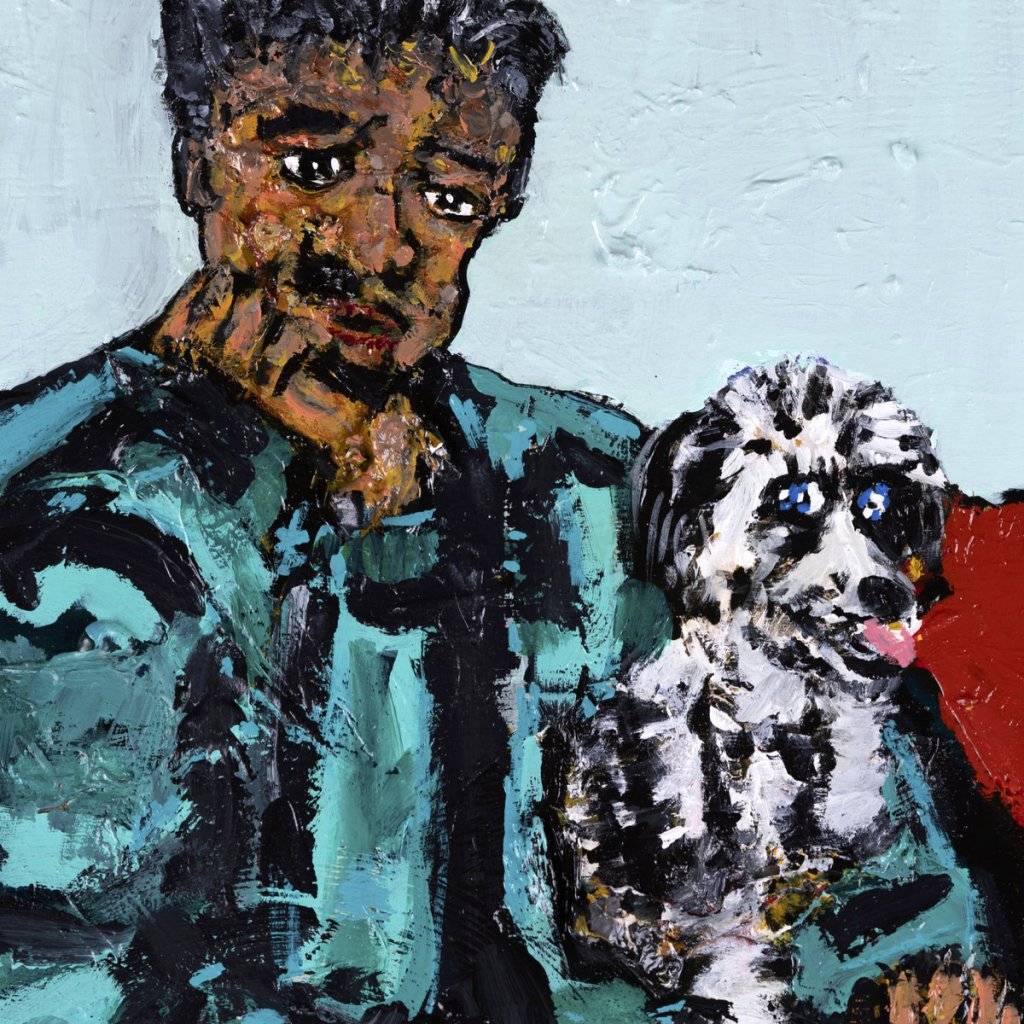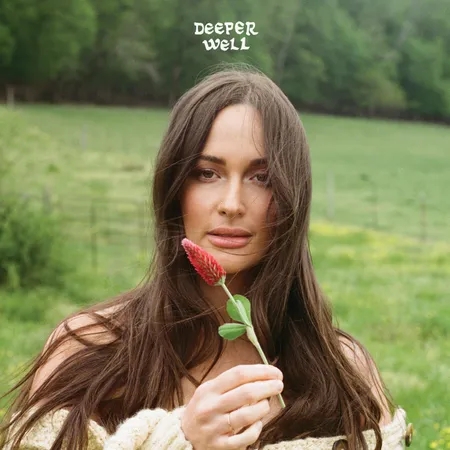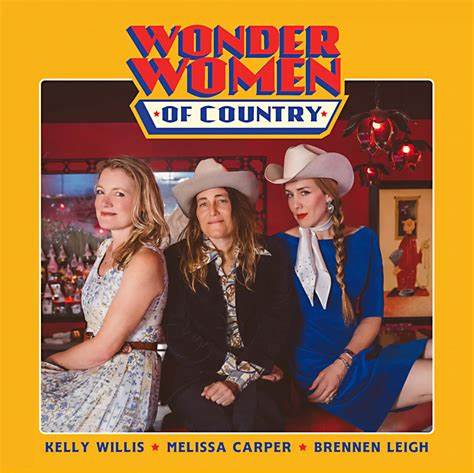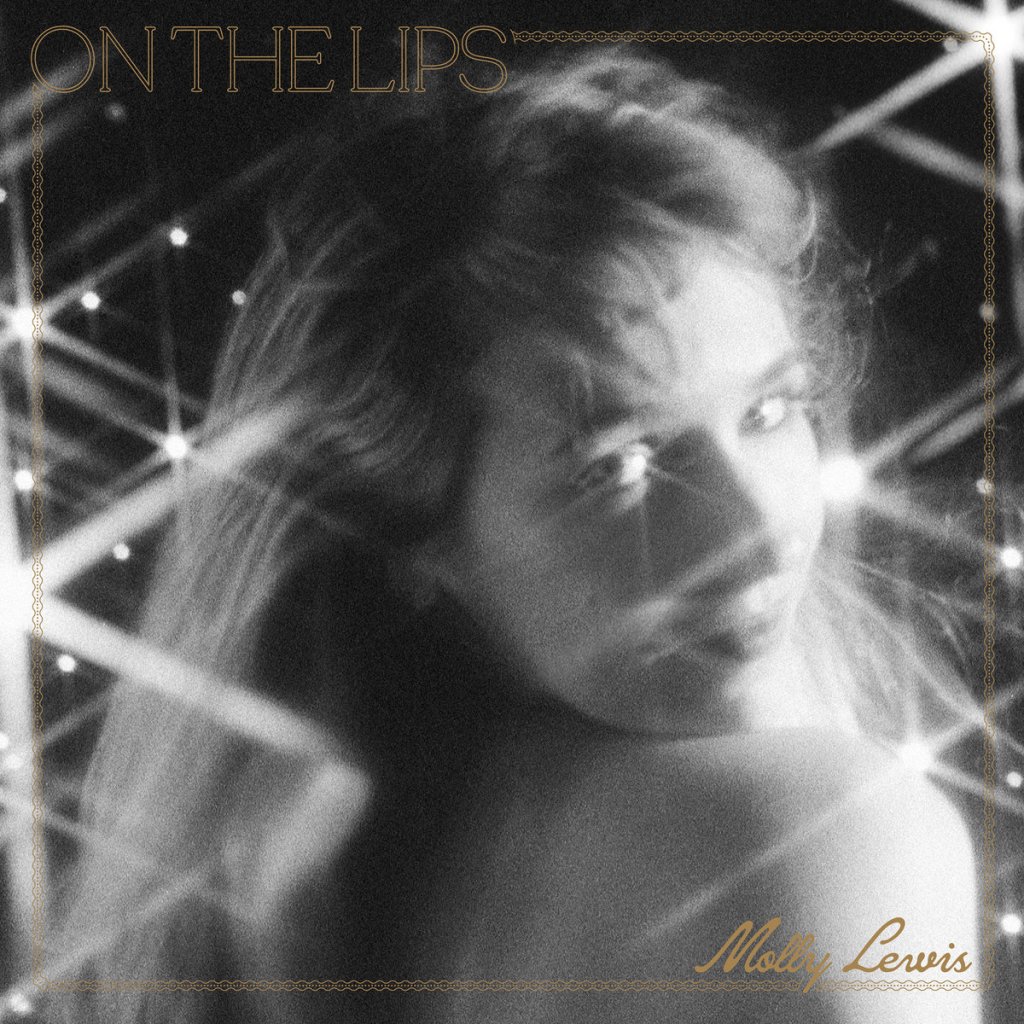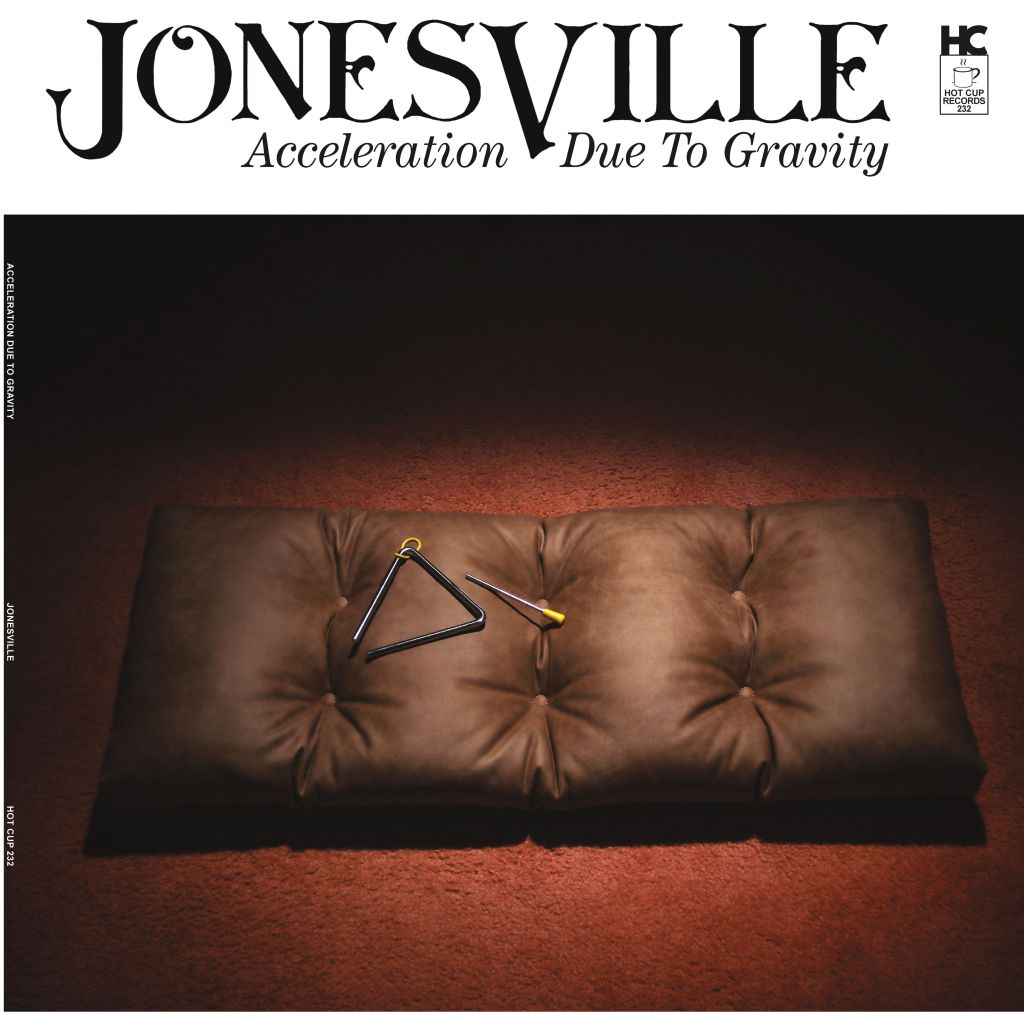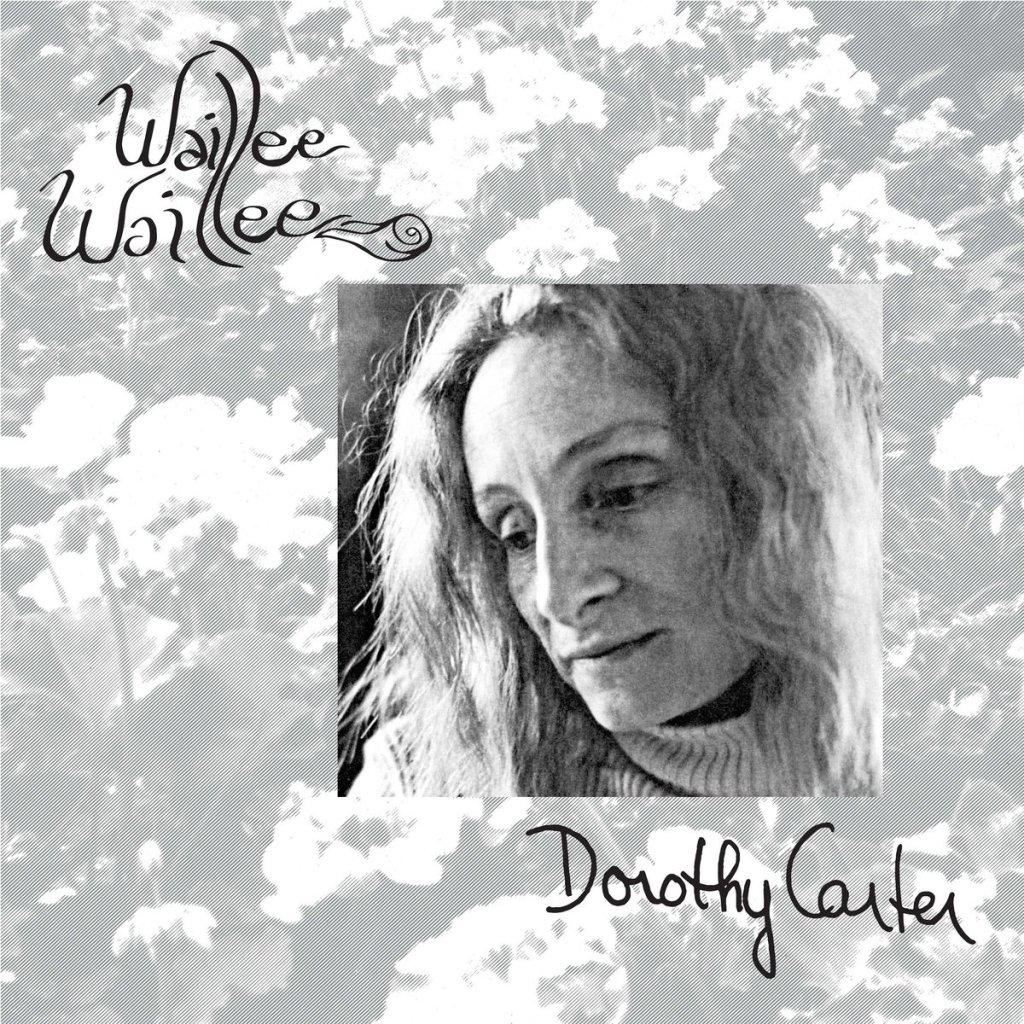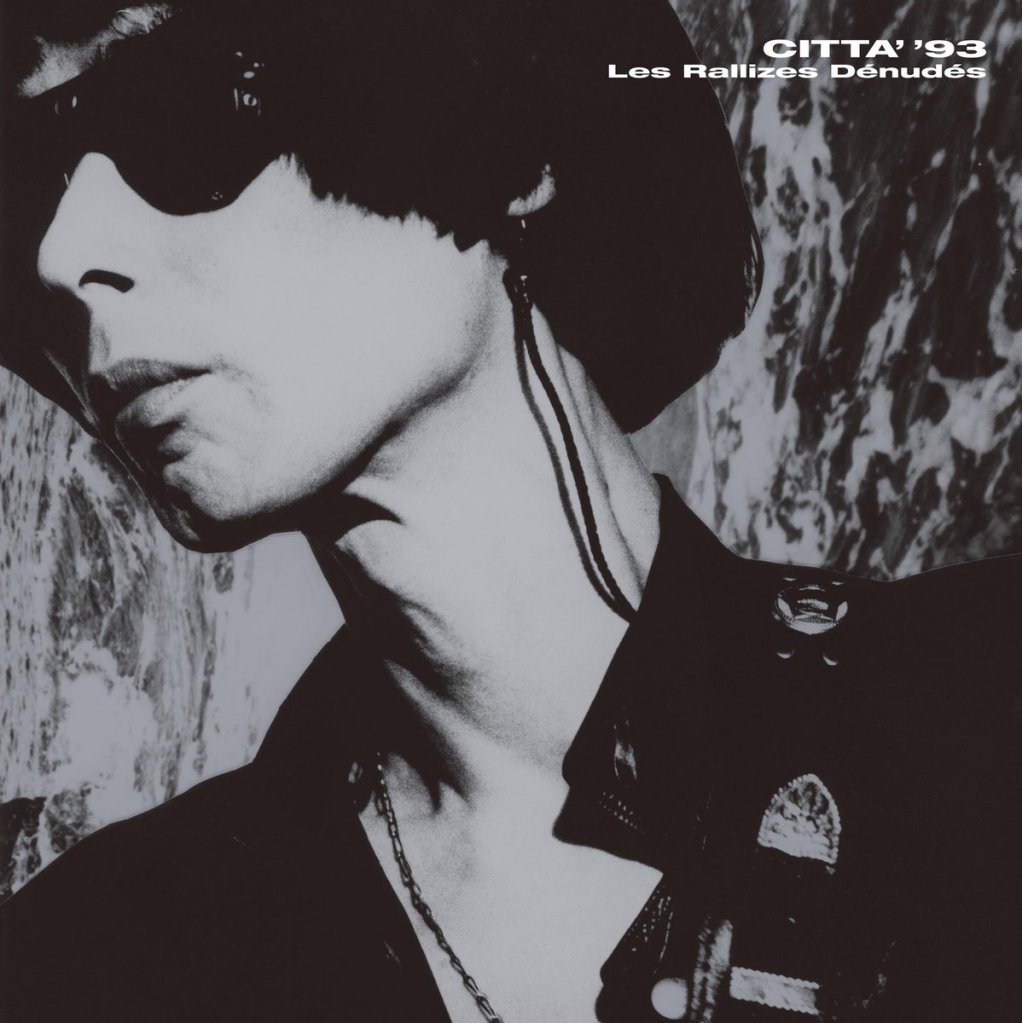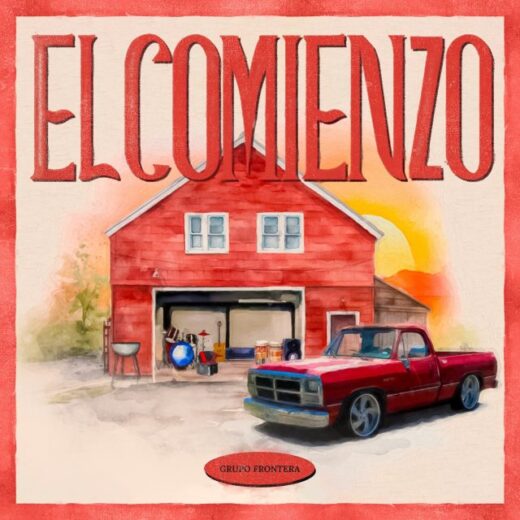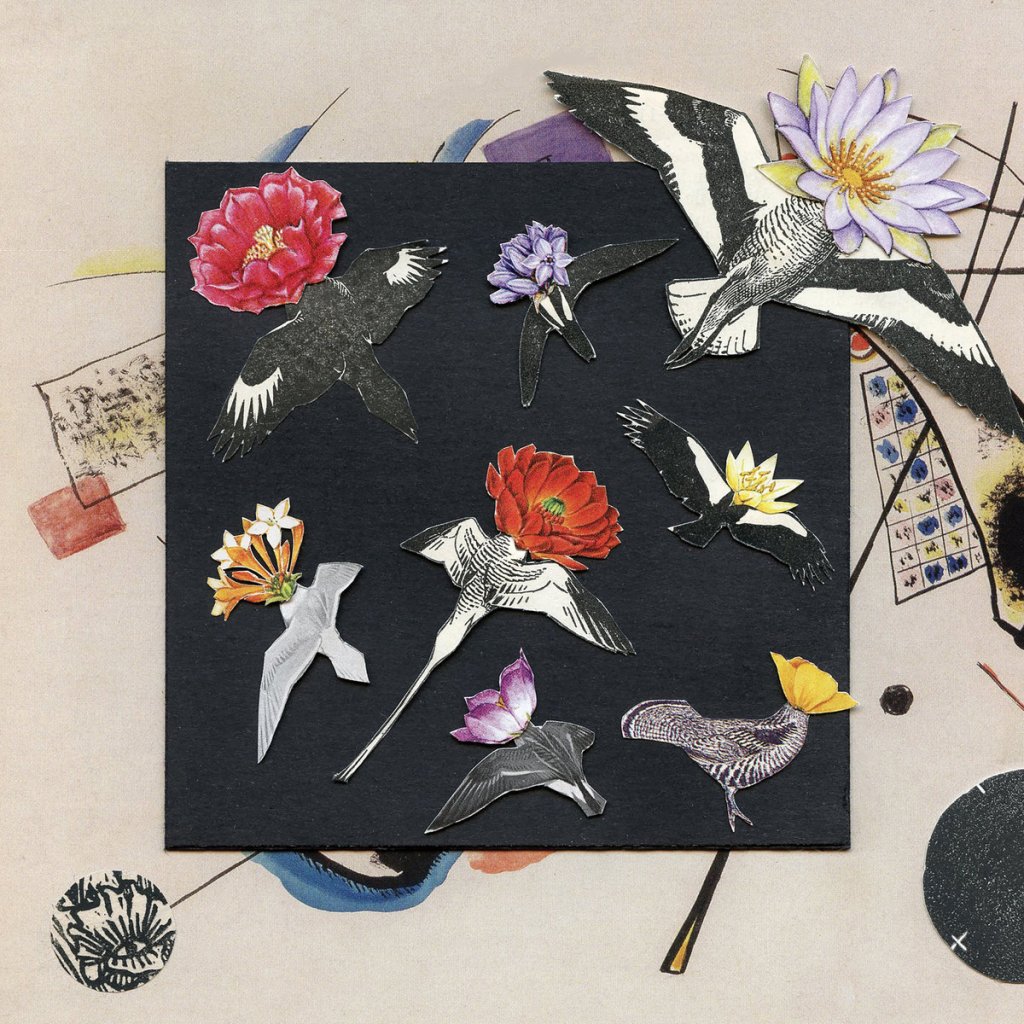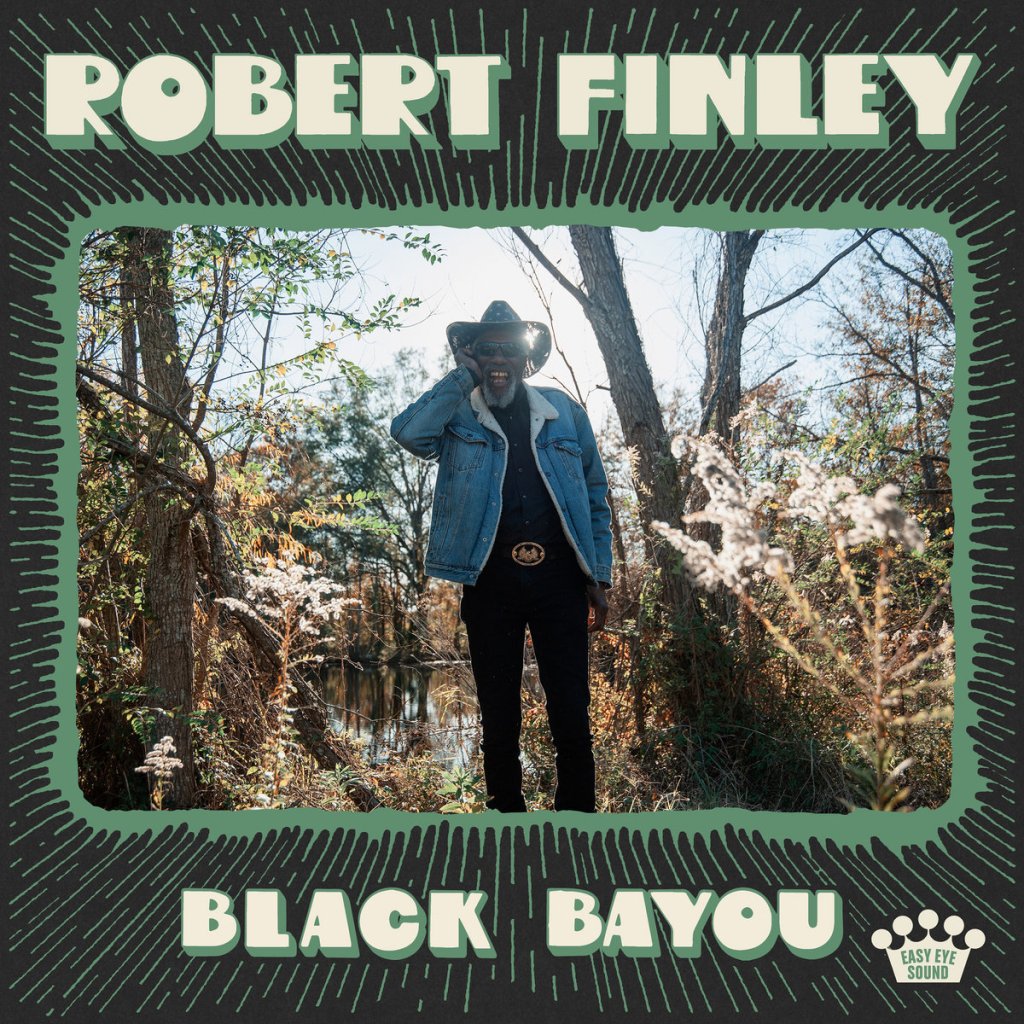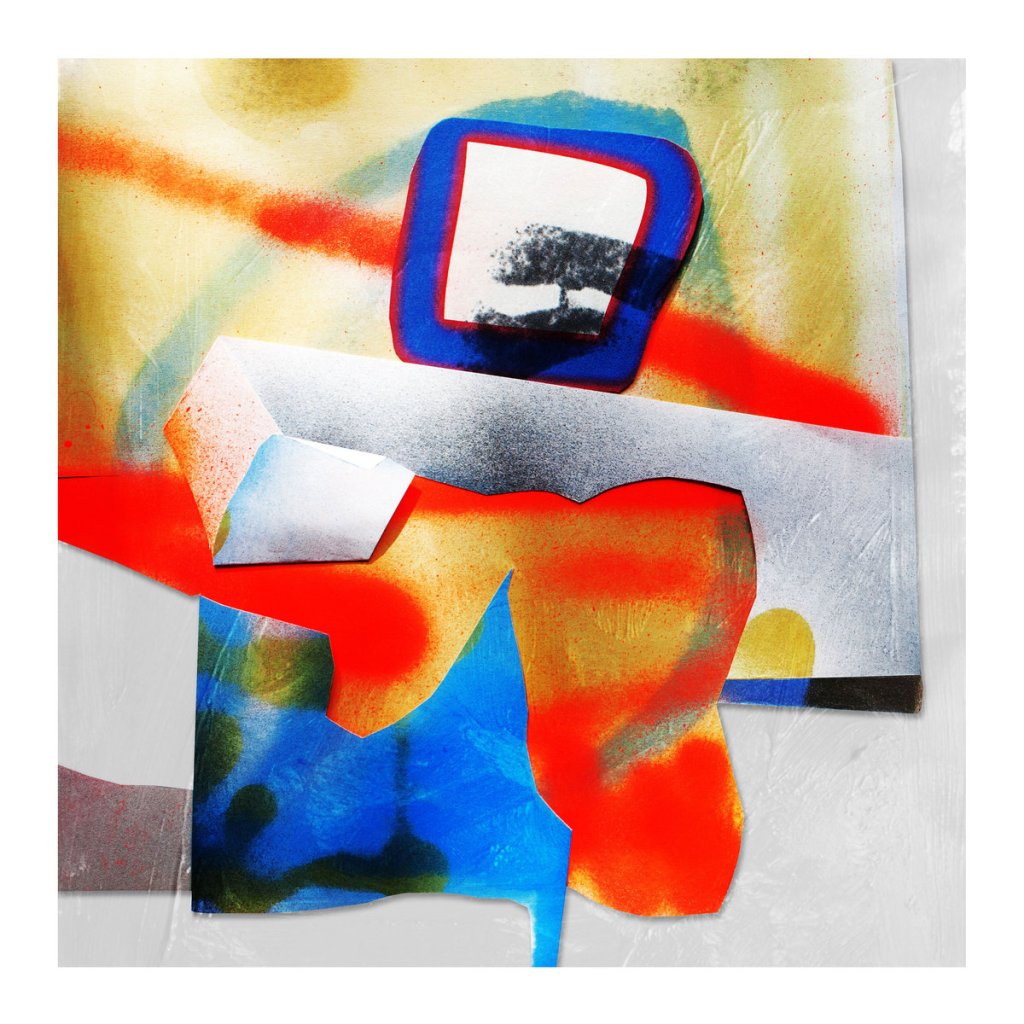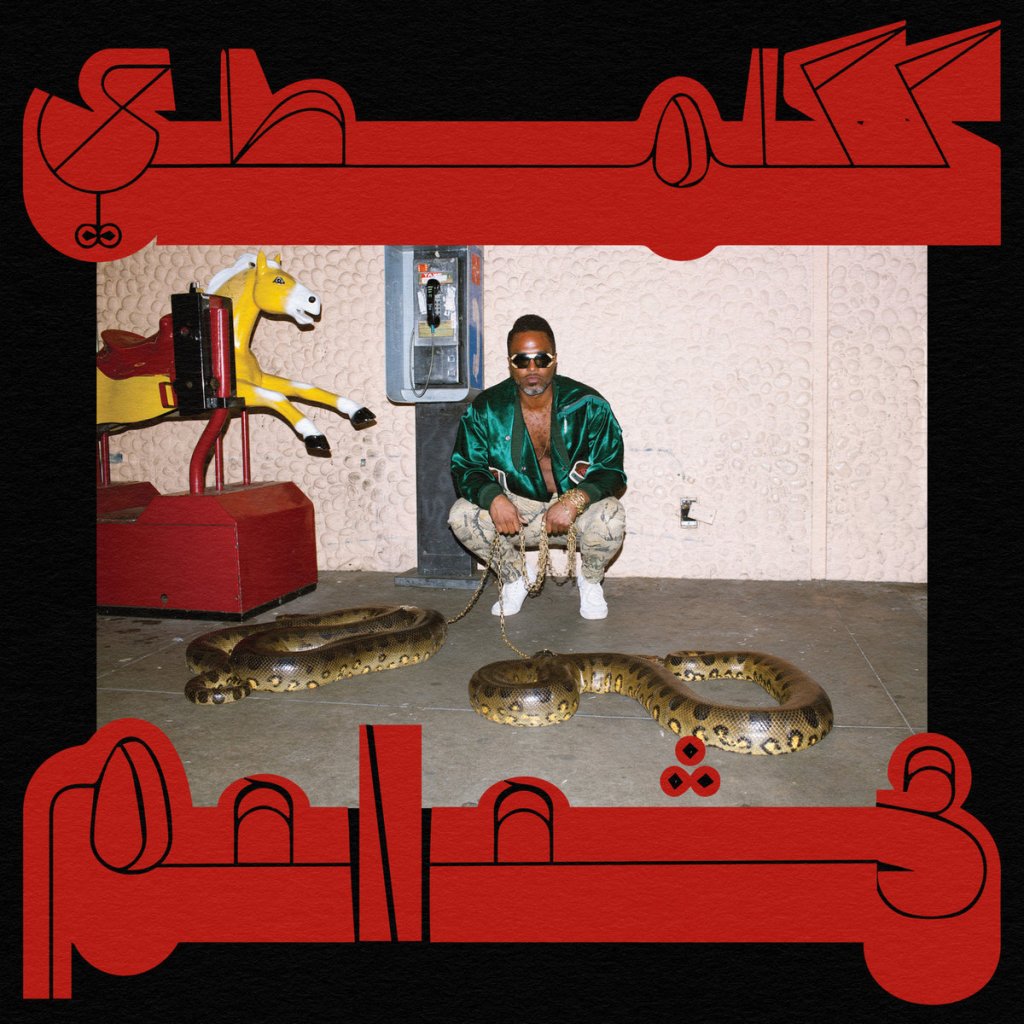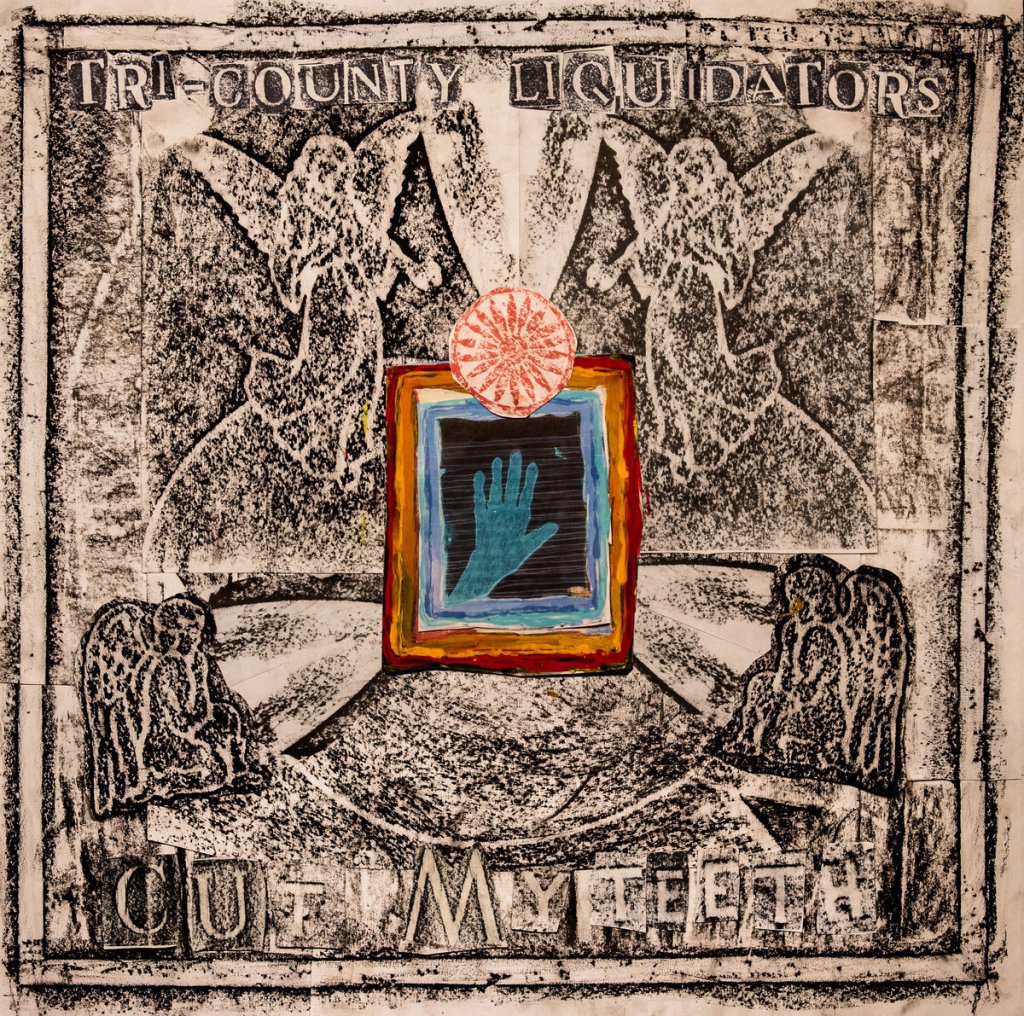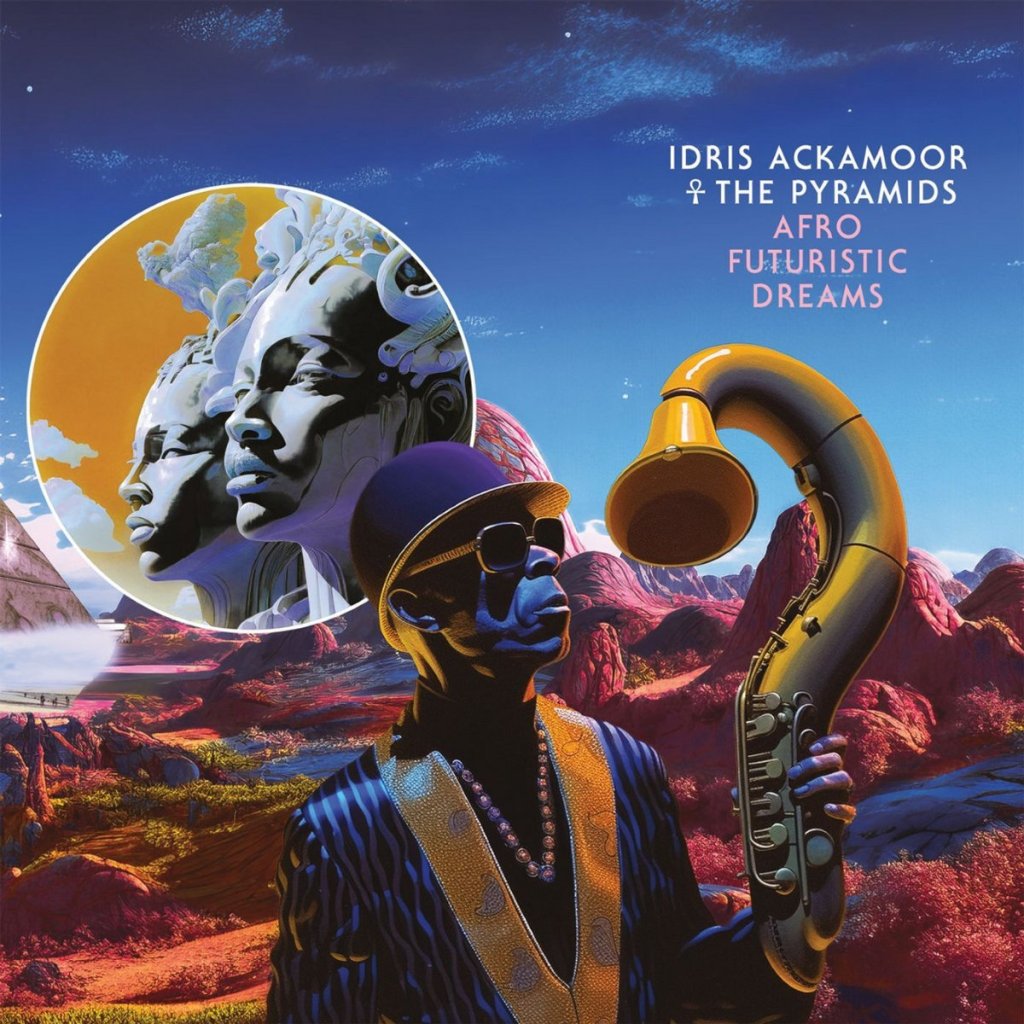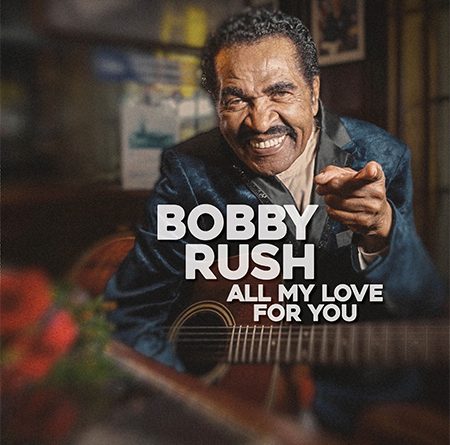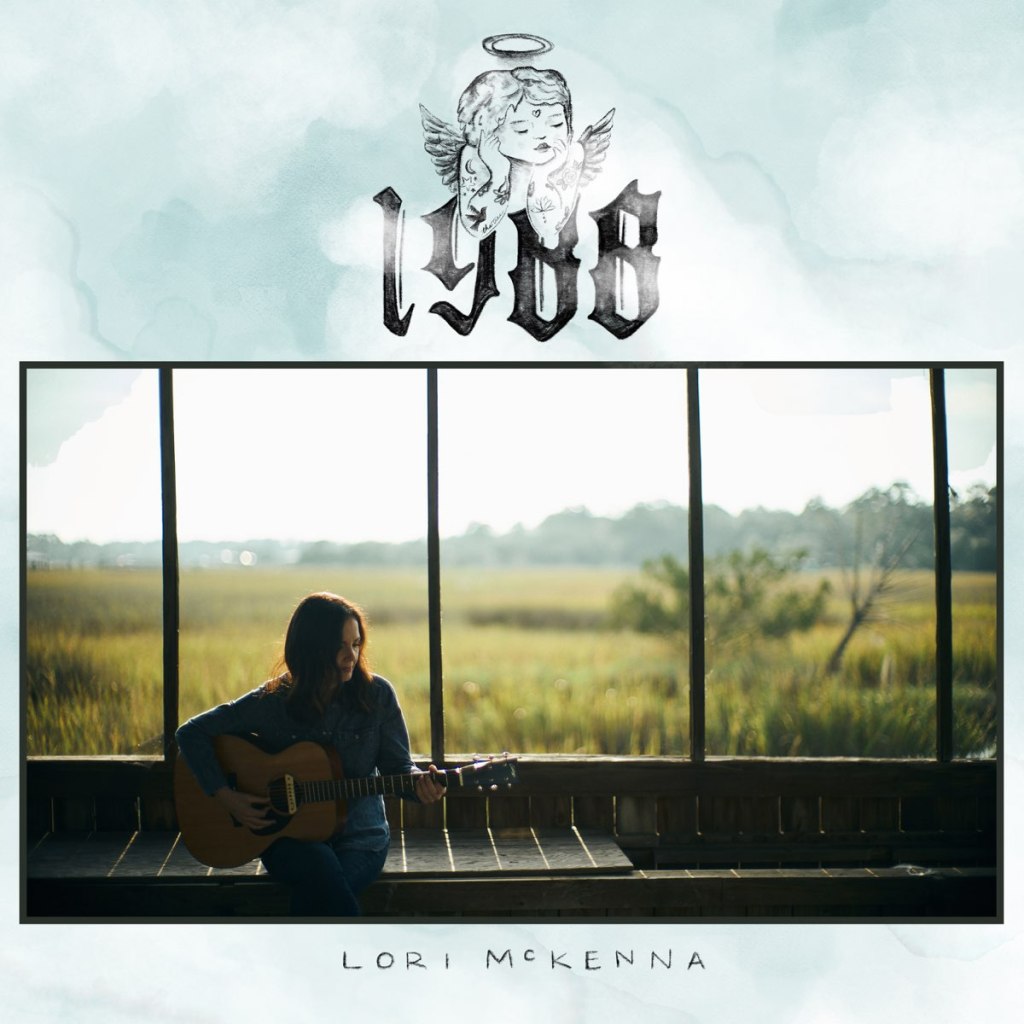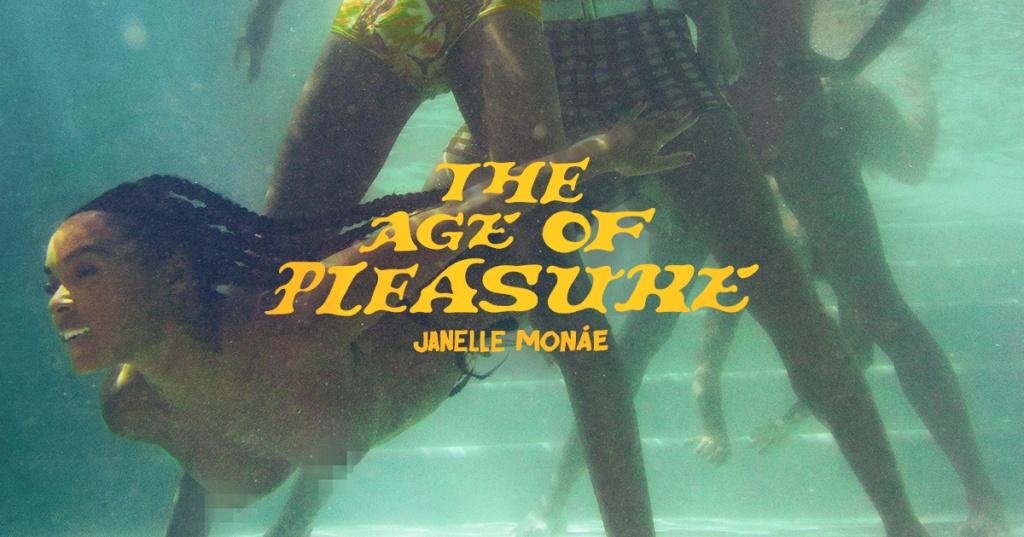Tried to keep it to 10 per month. Failed. Not even sure I didn’t fail in NOT keeping it to 10 (having trouble keeping track of what I’ve liked). Have not listened to Beyonce’s yet (other than first two singles–I just have to let her ride for awhile until the dust settles and I can think); also, I am apparently invulnerable to Katie Crutchfield’s charms (based on the songs, she is my kind of person, but her singing does not do it for me–it is what it is). Decided to do a Quarterly Top 10 (coming soon in a separate post). Blessed problems, I suppose.
MARCH TOP 25 (in alphabetical order, even, and under the feared “one sentence” rule)
Florian Arbenz: Conversation #11 / #12 (Hammer) – All twelve of this versatile Swedish percussionist’s conversations with other excellent musicians/responsive listeners are worth your time, and he gave a nice gift to every fan who bought every one of them along the way.
Citric Du: Zen and the Arcade of Beating Your Ass (Feel It Records) – Maybe it’s the marginally witty referential cover art that’s the main attraction, but their sound is redolent of its source and their songs’ words belie the title.
Guy Davis: Be Ready When I Call You (Continental Record Services) – Supposedly, this both has already been released and is not going to be released until later in the year, but it’s all there on Apple Music, and Ossie and Ruby’s son has a distinctly inherited wiliness and world view.
Joan Diaz Trio (Introducing Silvia Perez): We Sing Bill Evans (Fresh Sound Records)– Bill Evans, played and sung, you ask, but yes it works, Brazil is part of the reason, and the young Perez is the rest.
Empress Of: For Your Consideration (Major Arcana / Giant) – I feel like there is a small mountain of dreamy, sensual, hurt, flowing electronic records like this sung by women who can reach me that I can potentially hoist to the deserted island I hope is available if I need it in November.
Ethnic Heritage Ensemble: Open Me, A Higher Consciousness of Sound and Spirit(Spiritmuse) – Kahil El’Zabar is on a three-album roll keepin’ that AACM thang alive, and of the three this strikes me as the deepest.
Amaro Freitas: Y’Y (Psychic Hotline) – A gorgeous, late-night or early morning piano record out of Brazil by a terrific young pianist—and his backing band (on some of the songs) is loaded: do the names Hamid Drake, Jeff Parker, Shabaka Hitchings, or Brandee Younger ring a bell?
The Fully Celebrated Orchestra: Sob Story (Relative Pitch) – Three lively jazz orchestra selections in three months—should I be worried?
Heems & Lapgan: Lafandar (Veena Sounds / Mass Appeal India) – Dude’s funny, smart, verbally ingenious, but he’s never stuck with me long, so maybe it’s Lapgan?
Jlin: Akoma (Planet Mu) – The first song of Jerilynn Patton’s I ever heard, I was like, “I’m ridin’ ‘til I die,” and ain’t a damn thing changed about that here (touches of marching band and home cookin’ are just right), a sentiment collaborators Bjork, The Kronos Quartet, and Philip Glass might well affirm.
Adrienne Lenker: Bright Future (4AD) – It’s kinda one-note, but she (I think Lenker considers her gender undefined, but research turns up this pronoun) strikes that note with deeply moving resonance.
Mannequin Pussy: I Got Heaven (Epitaph) – And she got Jesus right (t)here.
The Messthetics: The Messthetics and James Brandon Lewis (Impulse) – My measuring sticks for jazz sax with electric band are prime OC Prime Time and James Carter’s Layin’ in the Cut, and I’ve kept waiting for this to really break loose through three plays, but as a JBL freak I’ll at least say this: it’s got dynamics and guitar feedback, the latter if which those other two didn’t, so like the Marvelettes, I’ll keep on holdin’ on….
Moor Mother: The Great Bail-Out (Anti-) – In these times she’s brave, bold, and boisterous, and the settings always put her across, which in this case are her most varied.
Kasey Musgraves: Deeper Well (Interscope / MCA Nashville) – Many are disappointed by this offering, but actual record critic Jon Pareles nailed what is working for me: a modesty that is very affecting and seems authentic, especially on the heels of her previous records (I would add too that she bares some hard-earned wisdom that’s winning).
Bill Orcutt Guitar Quartet: Four Guitars Live (Palilalia) – My favorite new (see below) record of the year: what would seem like a difficult collaborative project sounds excitingly organic—kinda makes me wish Bob Quine were still alive to hear it.
Ivo Perelman/Chad Fowler/Reggie Workman/Andrew Cyrille: Embracing the Unknown (Mahakala Music) – Perelman can wail beyond the call of the average free jazz tirekicker’s patience, but in the company of a rhythm section of two octogenarian instrumental griots, he sounds more responsive, and when he doesn’t…you can just listen to the rhythm section (and by the way, Fowler’s having a great year behind this and another stunning record).
Pissed Jeans: Half Divorced (Sub Pop) – These dudes have never hit for me, and I’m a punk self-starter, but, as Lightnin’ Hopkins and others have sung, “Now…is a needed time,” and theirs is a rallying cry.
Sai Galaxy: Okere (Soundway EP) – Everybody disco, West African style!
Sheer Mag: Playing Favorites (Third Man) – Rock and roll in many of its infinite varieties, all on one record…and that’s a compliment.
_thesmoothcat & Wino Willy: Ready, Set (Sinking City) – A) I buy everything Sinking City, a crafty New Orleans label, puts out (jazz, brass band, Indian chants, old and new school rap), and have never been disappointed; and B) this dreamy beats ‘n’ rhyme set evokes WWOZ at 3 a.m.
That Mexican OT: Texas Technician (Manifest / Good Talk / Good Money Global / Capitol) – One funny hijo de puta!
D. Clinton Thompson: Donnie’s Mood (Borrowed Records) – From out of obscurity one of the world’s great rock and roll guitarists, squirreled away in Springfield, Missouri, as usual, delivers a mostly instrumental record that “Sleep Walk” fans need—and for Morells / Symptoms / Skeletons fans who’re too late feeling their age, he pens a typically wry and weather-beaten “Live Fast Die Young.”
Tierra Whack: World Wide Whack (Interscope) – This woman is no ordinary rap artist, and I know that’s no great revelation—it’s just that to proceed from a wholly successful and delightful 15-song, 15-minute debut to a psychological (and understandable) (and still occasionally delightful) depth-plumbing that surely has some fans concerned is some kind of whiplash.
Willis, Carper, Leigh: Wonder Women of Country (Bismeaux EP) – It’s too short, and maybe there’s a full-length to follow, but the songs are strong and these women have soul—country-soul.
Coming soon! Noah Haidu: Standards II (Sunnyside) – A bewitching trio album where the spells are cast not so much by the pianist, who is definitely no slouch, but by another octogenarian rhythm section: Billy Hart on drums and Buster Williams on bass.
OLD & MISCELLANEOUS STUFF
Irakere: Teatro Amadeo Roldan Recital (Mr. Bongo) – The reissue of the first studio recording by one of Cuba’s hottest bands—and that’s saying something—is a welcome surprise.
Love Child: Never Meant to Be (12XU) – Where the fuck was I when this band was putting out these songs, fired by that guitar, in the early Nineties?
Various Artists: Love Hides All Faults—Deep Gospel Soul Selected by Jumbo (Elusive Vinyl / Pyramid Records) – I have complained to my musico-amis frequently about reissue/excavation bloat—everything ever recorded doesn’t have to be brought to market—but this may well be the most powerful compilation of locally/regionally recorded black gospel I’ve ever heard, and, despite Goner Record’s bait-line of “guitar forward” in advertising it, the real highlights are the true depth of emotional vocal power in these humble offerings and the range of arrangements they employ—can an excavation be my favorite record of the year?
Mississippi Records Blues and Gospel Bargains – Mississippi Records out of Portland does many things right (like keeping Dead Moon records in print), but one of the coolest is offering terrific old blues and black gospel comps on their Bandcamp site for “name your price.”
Franco Luambo Mkaidi: Presents Les Editions Populaires (Planet Ilunga) – The name, and you should know it, is Franco, he played a guitar like he was fencing against a master, and he could lead a band to rhythmic ecstasy—oh yeah, and though he recorded little that wasn’t great, much of it is difficult to attain (hint hint).
